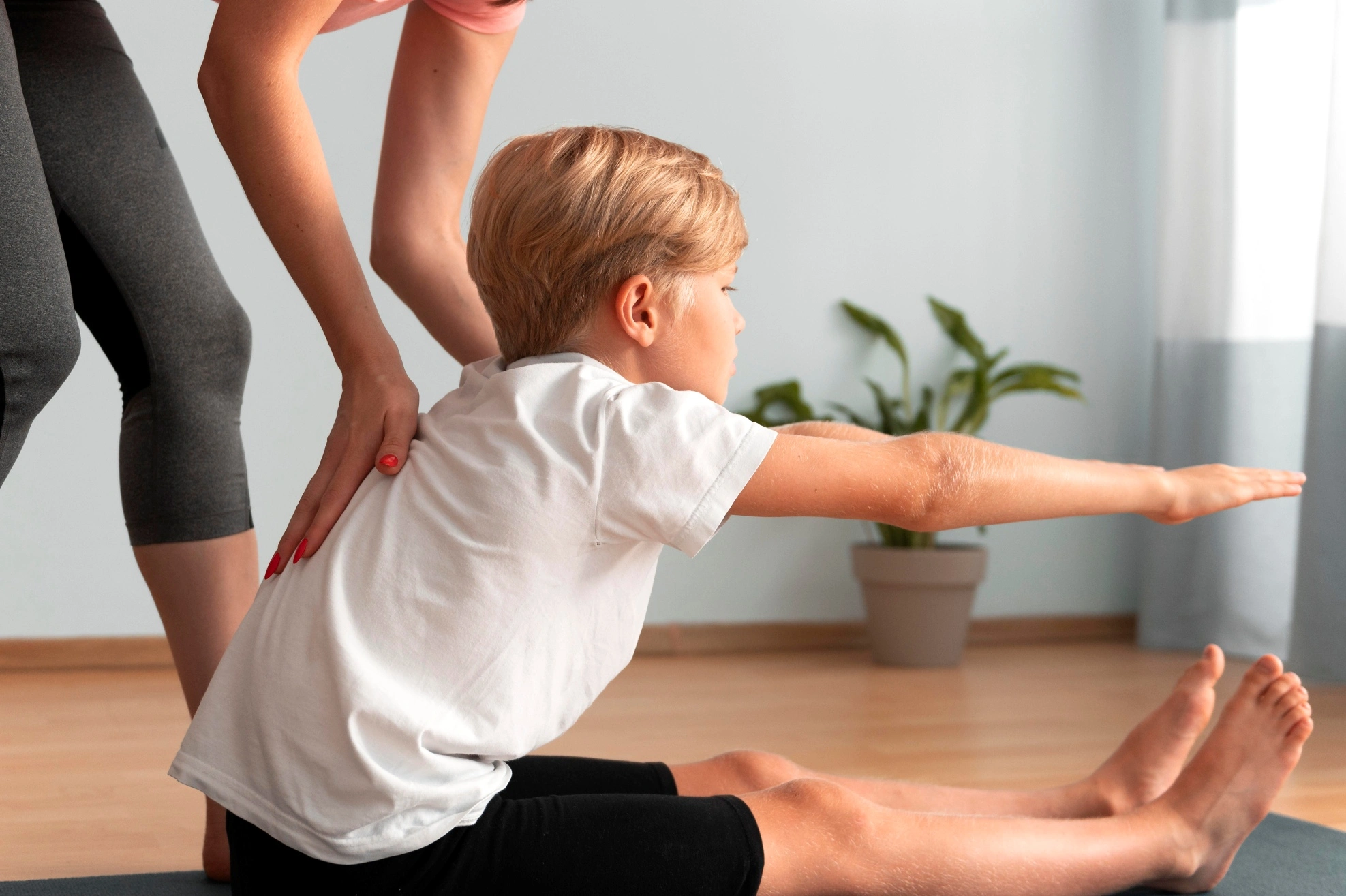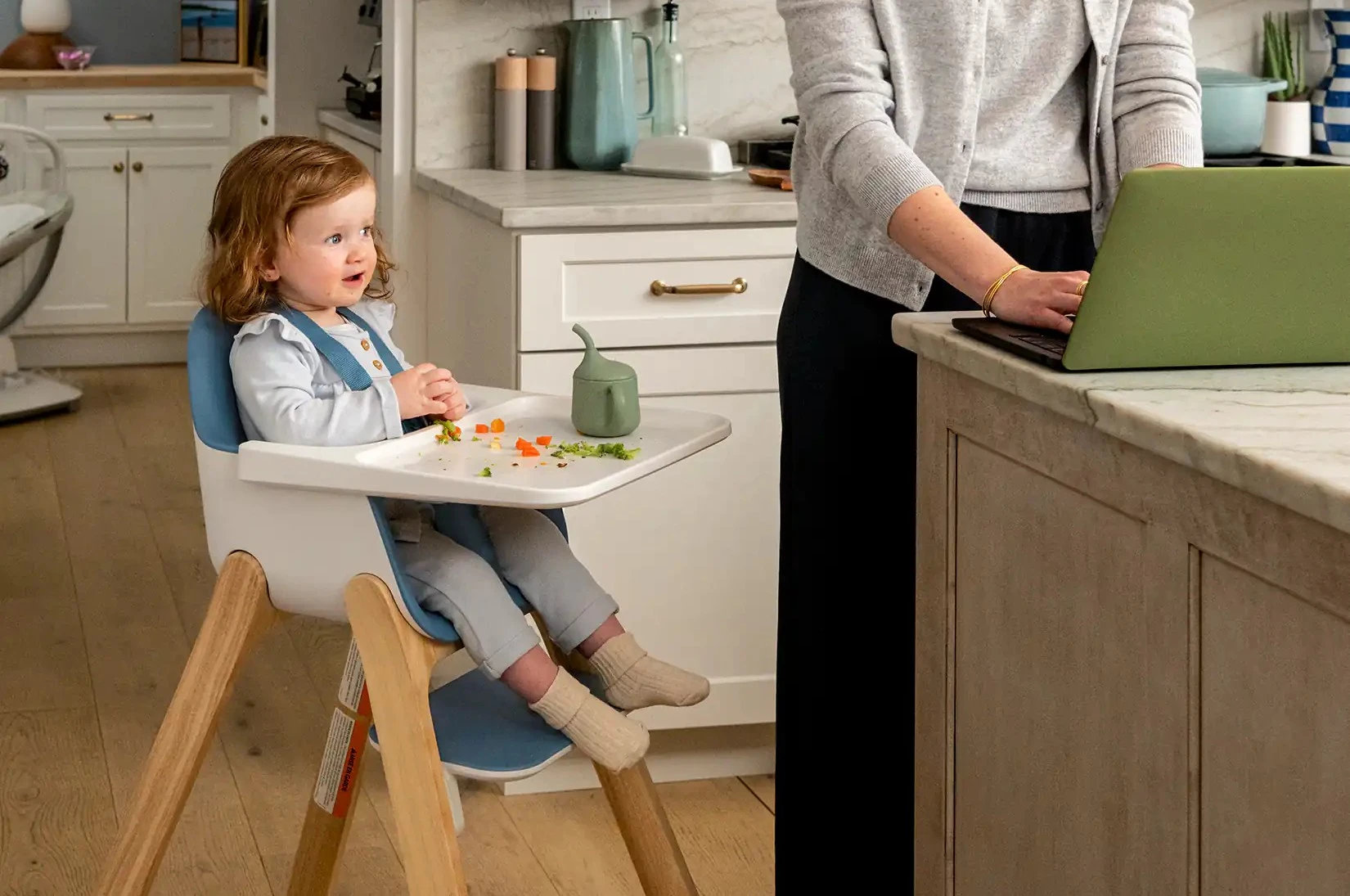Scoliosis in Children: What to Look For and When to See a Specialist?

The proper alignment of the spine is essential for a child’s healthy growth and physical development. For this reason, scoliosis — a pathological lateral curvature of the spine — requires early recognition and attention from parents. In an interview with Labebe, Nukri Mikeladze, a specialist in physical rehabilitation and child development, emphasizes that monitoring should begin as early as ages 3 to 5.
Early signs to watch for
Mikeladze recommends gently bending the child forward and assessing the symmetry of the back and torso. If one side appears noticeably higher, if the shoulders or hips look uneven, or if the child frequently assumes a hunched or unstable posture, this warrants further evaluation and a consultation with a specialist.
Parents should also pay attention to:
- a consistent lean or tilt of the body while walking;
- shifting weight predominantly to one side;
- quick fatigue of the back muscles;
- the habit of leaning to one side.
Such changes may represent early manifestations of scoliosis, which tend to become more visible during periods of accelerated physical growth.
Types of scoliosis
According to Mikeladze, scoliosis in children can be classified into several forms:
- Congenital scoliosis — This type may appear within the first year of life, and in rare cases, within the first weeks. It is usually detected by a pediatrician. Maintaining the curvature at 20–25 degrees is already considered a meaningful achievement, as complete correction through active rehabilitation is often difficult'
- Idiopathic scoliosis — The most common and also the most unpredictable form. Its exact causes remain unclear, and specialists still do not fully understand why the curvature may progressively worsen from month to month or year to year. Because of this, regular monitoring is essential;
- Acquired scoliosis — Typically develops as a result of a sedentary lifestyle, prolonged sitting, poor posture, and other harmful habits. This form generally responds better to management: consistent physical activity, targeted strengthening exercises, and improving daily habits can significantly slow progression and support improvement.
When to see a specialist?
Even subtle changes in a child’s posture or movement patterns can be clinically significant. Parents should seek professional evaluation if they notice:
- a persistently lower or drooping shoulder;
- asymmetry of the chest or reduced movement on one side during breathing;
- a hip raised to one side or a visible shift in the body’s axis;
- frequent slouching or uneven posture that persists even during activity.
These signs may indicate early structural or functional abnormalities of the spine.
In such cases, a radiological examination of the spine is recommended to determine the degree of curvature and assess the risk of progression. Ongoing dynamic monitoring every six months is essential, as spinal changes can advance rapidly during periods of growth.
Regular follow-up allows the specialist to:
- track changes in the curvature angle;
- adjust the rehabilitation plan;
- select the most effective exercises;
- and determine whether additional interventions are needed.
Early monitoring and timely intervention significantly reduce the risk of complications and support the proper, healthy development of the child’s spine.


